Bright green invasive caulerpa seaweed smothering the delicate marine ecosystem at Great Barrier Island.
Photo: Glenn Edney
Whangārei Harbour – and others along Northland’s east coast – are at risk from a new superspreader invasive pest seaweed devastating parts of Great Barrier Island, a Northland ocean ecologist is warning.
Tūtūkākā-based ocean ecologist Glenn Edney said it was now a case of when not if the seaweed caulerpa brachypus and or caulerpa parvifolia arrived in Northland.
In the case of Whangārei Harbour, its arrival would devastate a harbour already under pressure from run-off, sediment and over-fishing.
The two highly invasive exotic seafloor species were first found in New Zealand on Great Barrier Island by members of the public in 2021 and have only been confirmed there and about 65km by sea south on Great Mercury Island off Coromandel’s east coast.
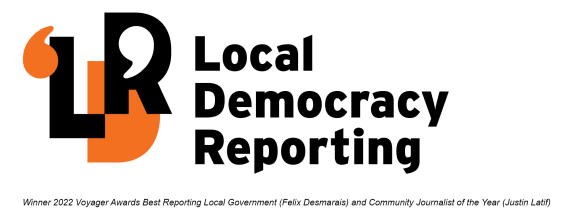
Edney said Northland’s coastline including the internally important Waipū River mouth wildlife refuge, Mangawhai, Tūtūkākā, Ngunguru, Pātaua, the Bay of Islands and Mangonui were among other at-risk harbours. Boats travelling to the Three Kings Islands often leave from Mangonui.
Ōpua marina is already displaying a notice about the pest.
“We need to have an official plan in place before its arrival,” Edney said.
He said caulerpa posed a greater risk to Northland’s east coast due to prevailing sea currents and boat traffic. It was unlikely to be able to get as far as Kaipara Harbour.
Edney has been working with community marine projects on Great Barrier Island, visiting there in early March and also with the community, identified the spread of the new seaweed species to a new place on the island in October.
He said a piece of these caulerpa species not much bigger than a freckle, arriving at Whangārei Harbour’s seagrass beds could grow to become a thick mat covering the area of a rugby field within “a matter of weeks”, depending on the time of the year. The short bright green smothering seaweed grows up to 10cm tall and spreads via creeping horizontal runners.
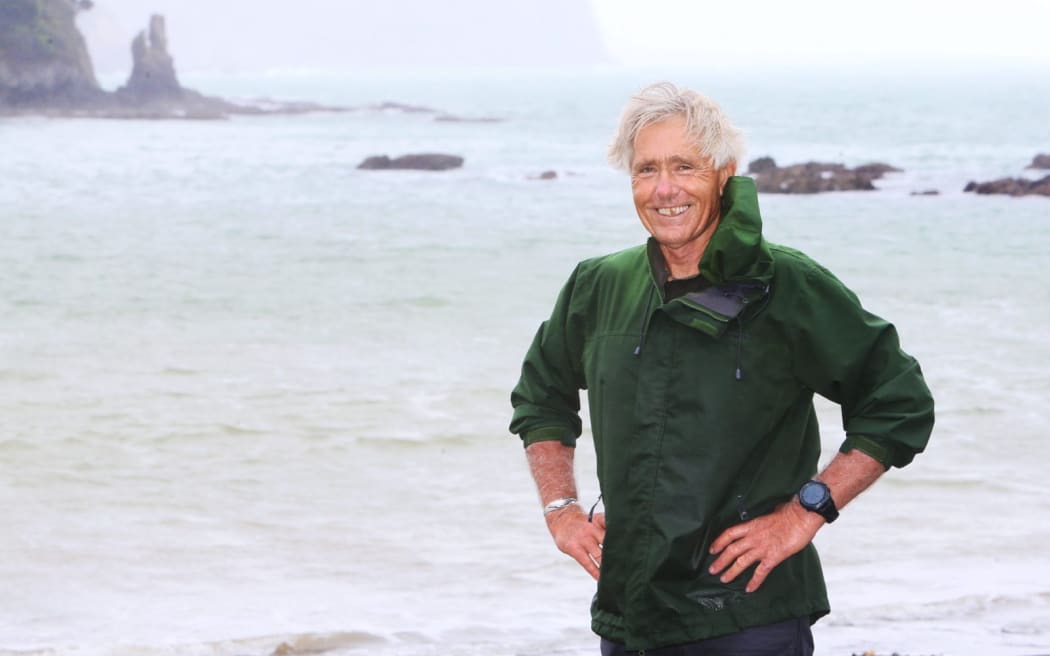
Northland ocean ecologist Glenn Edney says harbours like Tūtūkākā (where he is photographed) on the North’s east coast are highly at risk from new invasive seaweed on Great Barrier Island.
Photo: Northern Acvocate / Tania Whyte
Last month, Cyclone Gabrielle saw 40 tonnes of the pest seaweed washed ashore in huge bright green swathes, covering the beach in a deep thick mat at Great Barrier Island’s Okupu Beach at Blind Bay.
Edney said the seaweeds’ Whangārei Harbour arrival would threaten the estuary’s internationally-famous shellfish beds at Mair Bank, Marsden Bank and Snake Bank. It would also put scallop beds at places like Urquharts Bay at risk. Seagrass beds at One Tree Point would also be under threat.
This would in turn severely impact the local community’s recreational fishing on the harbour. It would also add further pressure for orca visiting the harbour, due to a reduction in the availability of food for stingray, their favourite prey.
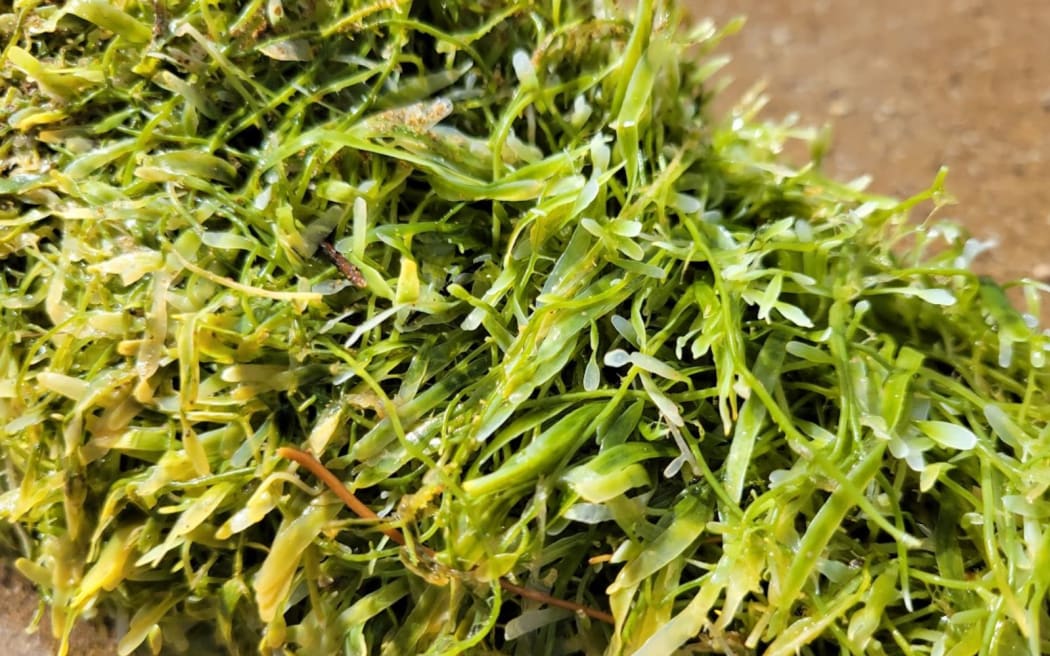
The new caulerpa species up close at Okupu Beach Great Barrier Island.
Photo: Sid Wales / Ministry for Primary Industries
Whangārei Harbour’s seagrass beds were critical juvenile fish habitats.
“Areas like the Urquharts Bay scallop beds and Mair Bank and Marsden Bank are already closed to try and help hugely under pressure stocks of scallops, cockles and pipis in these places recover,” Edney said.
“If the pest caulerpa species arrived, it would tip these spots over the edge,” Edney said.
Whangārei Harbour is a major estuary habitat and food source for as many as 2000 shorebirds at a time.
Edney said the invasive weed would also impact their world.
The highly tenacious and invasive seaweed would cover an area like Snake Bank “within a matter of months:.
Key boating harbours and bays on Great Barrier Island’s south – including Tryphena and Whangaparapara – have been closed to boaties by a Ministry for Primary Industries (MPI) now five-month ban and a mana whenua rāhui is also in place to try and halt the pest’s spread.
The ban means taking fish, shellfish, seaweed and crayfish is now illegal, along with spearfishing and netting for flounder. Movement of diving and snorkeling gear, kayaks, wetsuits, and boat trailers is also banned. Gathering shellfish and shifting crayfish pots is added into the ban at Great Mercury Island, another popular sailing mecca for upper North Island boaties.
Being convicted on charges of not complying with the bans means a fine of up to $50,000 or up to three months’ imprisonment.
Great Barrier Island is a key part of the country’s biggest and busiest Northland, Auckland, and Tauranga boating region. Boats are constantly moving between these areas. This area also includes busy international shipping.
The island is about 100km by boat from the Bay of Islands, and 95km from Whangārei. Recreational yachties and boaties from Whangārei and wider Northland visit Great Barrier Island year-round. Commercial operations also take place around the island. It is about 95km by boat from Auckland, 100 kilometres by boat from Tauranga and only 25km from the tip of Coromandel Peninsula.
Two species of the non-native caulerpa have been found – caulerpa brachypus and caulerpa parvifolia. The Ministry for Primary Industries website says they are a native to the Indo-Pacific from Africa to Australia, the Pacific and southern Japan. Caulerpa brachypus is considered an invasive pest in the US’ Florida and Caribbean’s Martinique Island.
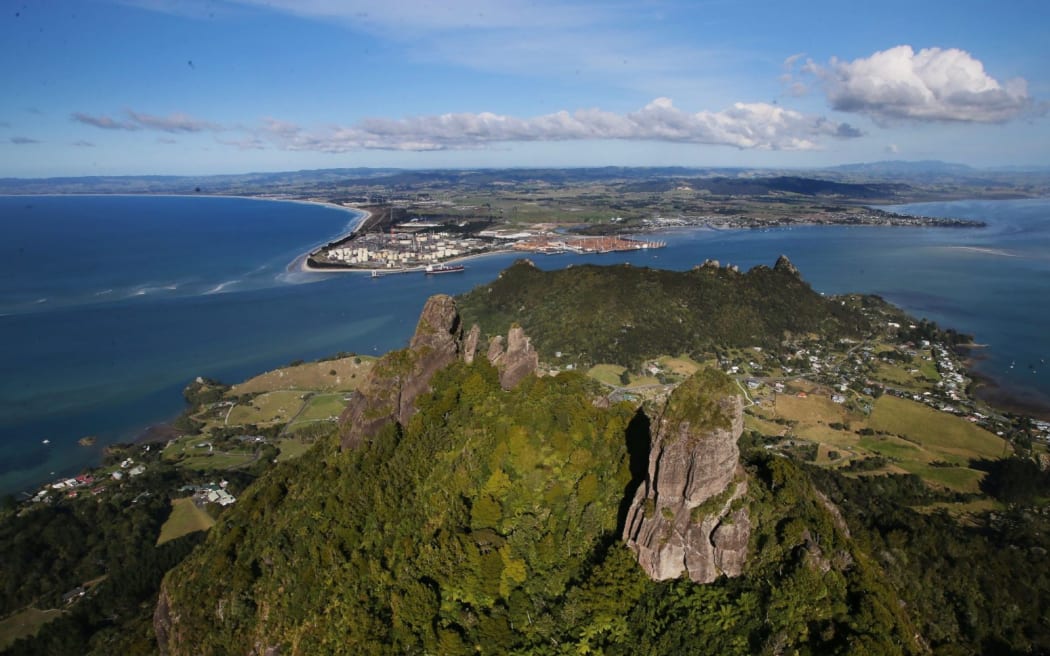
Mount Manaia watches over the entrance to at-risk Whangārei Harbour, less than 100 kilometres from new invasive super spreader seaweed on Great Barrier Island.
Photo: Northern Acvocate / Tania Whyte
Edney said affected Great Barrier Island communities were highly distressed about what was happening, how the pest had been allowed to proliferate and what the official plan for dealing with it was going forward.
He said nobody knew where the pest, which has also majorly infested areas such as the Mediterranean, had come from to Great Barrier Island.
Overseas ships whose hulls are too fouled, are regularly turned away from Auckland’s port and are known to travel to deeper water including near Great Barrier Island, anchoring there to clean their boats.
Edney said the two caulerpa species had been thought to cover only sandy seabeds, but at Great Barrier they were also taking over rocky areas and growing up ecklonia kelp stems.
Information about the two new caulerpa seaweeds can also be found via Northland Regional Council’s online pest hub.
Information about the new seaweed invaders and what to do if finding it can be found here: Biosecurity New Zealand/Ministry for Primary Industries.
Local Democracy Reporting is Public Interest Journalism funded through NZ On Air.










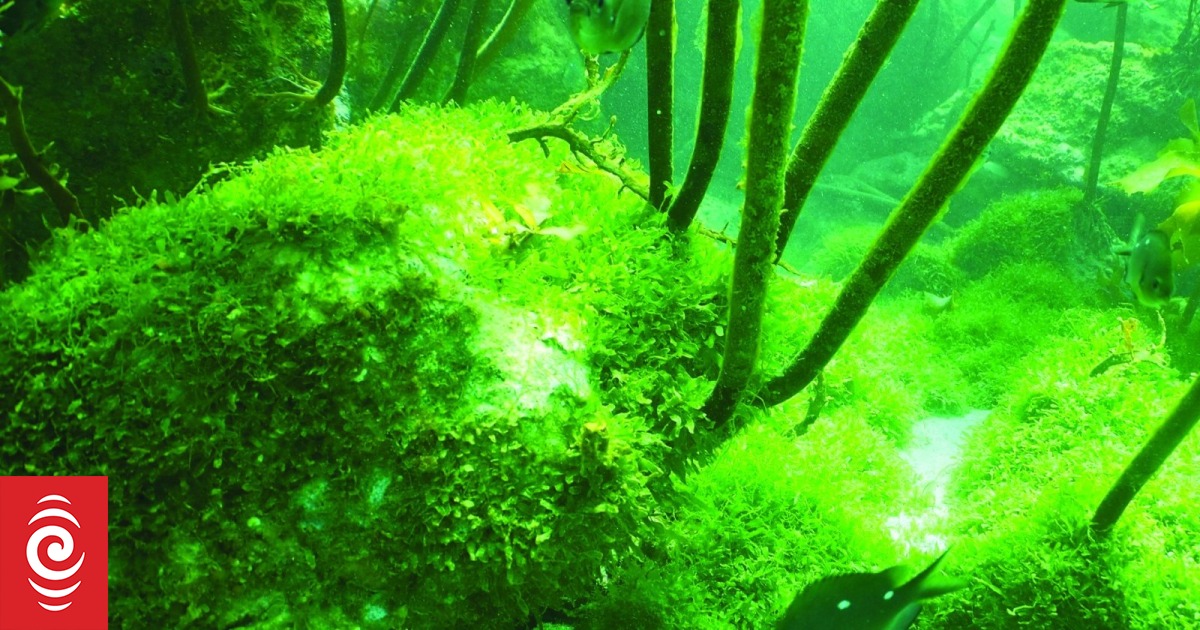










Discussion about this post